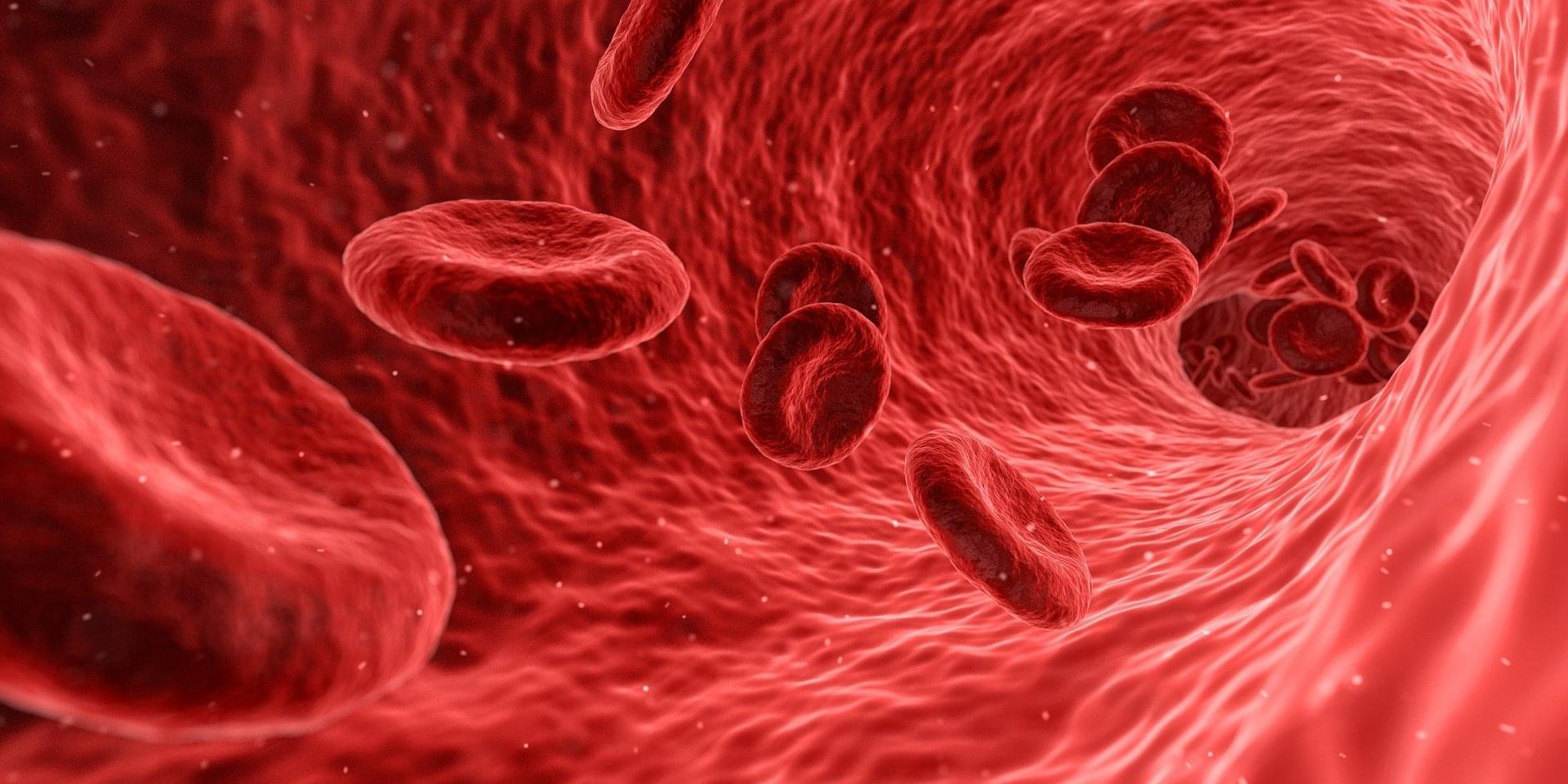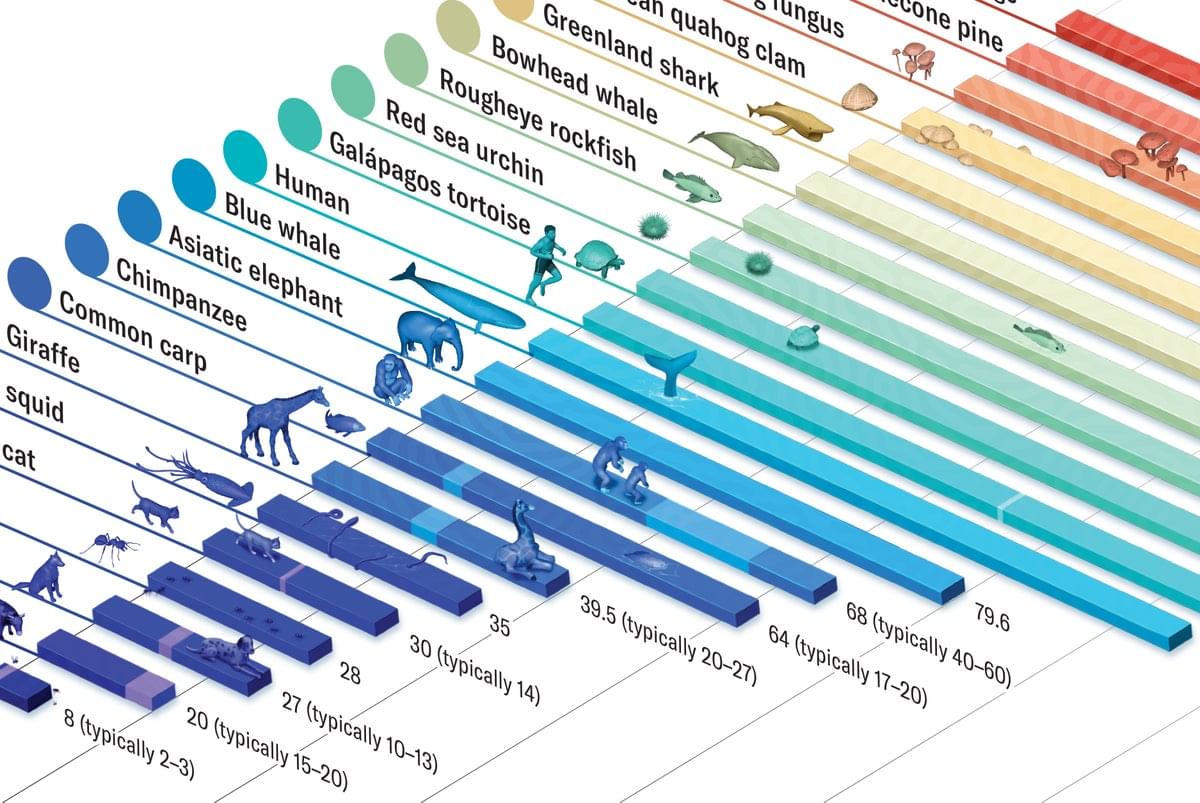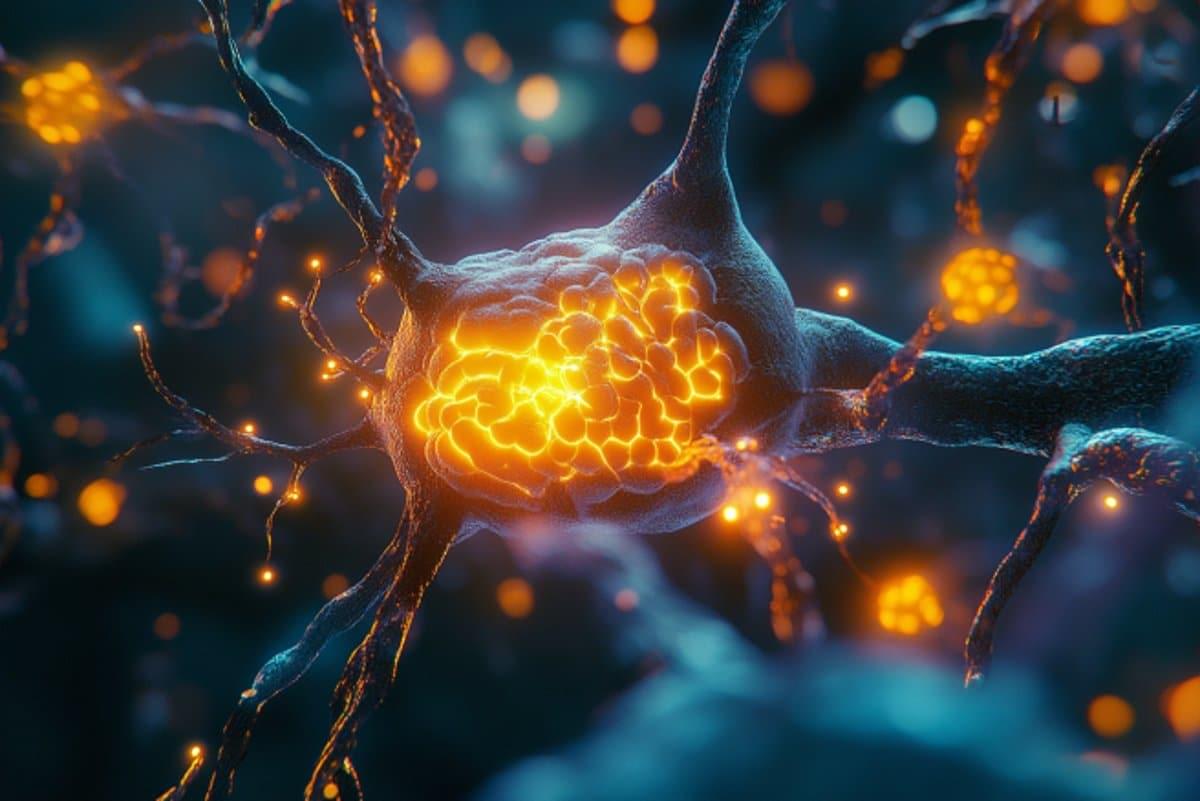Psilocybin use in the U.S. has risen sharply across all age groups since 2019, coinciding with increasing legalization and interest in its therapeutic potential.


Lower back pain is one of the most common chronic conditions of aging. In this Canadian study, senolytics were used to remove senescent cells and reduce lowe…

Somewhere in the body of a patient, a small clump of cells, growing undetected, has begun to form a tumor. It has yet to cause pain or visible symptoms of illness. Several months from now, or perhaps years, those first signs will prompt a doctor’s inquiry, a referral to a specialist, and an eventual diagnosis. Treatment will depend on how long the cancer has gone unnoticed and how far it has spread.
There were early signs, though not ones the patient or doctor could have noticed. Small fragments of RNA, cast off from dying cells or spit out of the tumor’s twisted transcriptions, floating about in the bloodstream—early signals of a tissue in distress.
A new method developed by Stanford researchers aims to bring the moment of detection much closer to the beginning. They have developed a blood-based method called RARE-seq that detects tumor-derived cell-free RNA with around 50 times the sensitivity of standard sequencing techniques.

Researched and Written by Leila BattisonNarrated and Edited by David KellyThumbnail Art by Ettore MazzaIf you like our videos, check out Leila’s Youtube chan…

A new study shows that gold nanoparticles injected into the retina can restore vision in mice with retinal degeneration, offering a less invasive alternative to current retinal prostheses.


